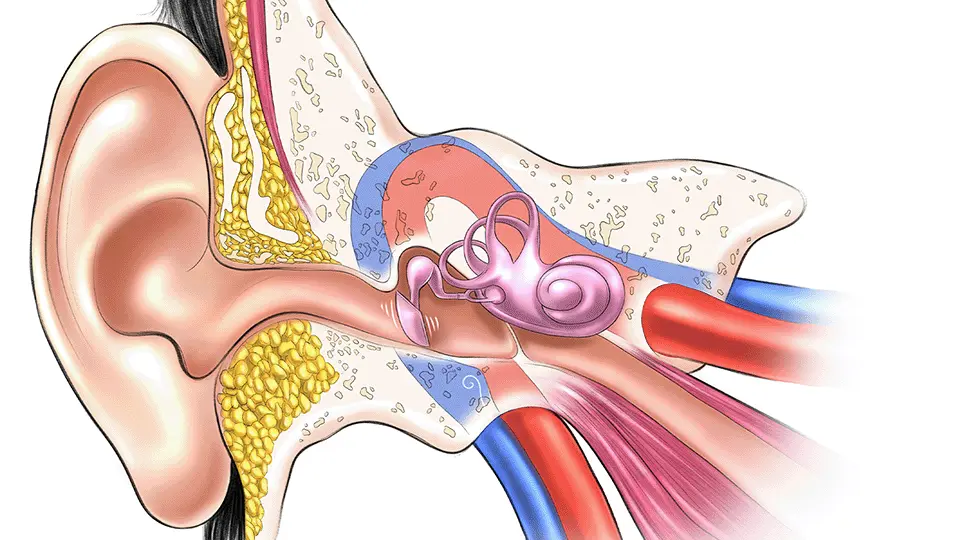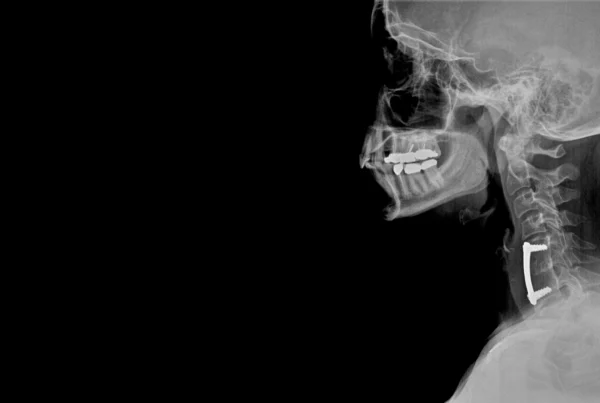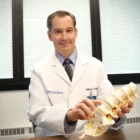There are many treatment options for pulsatile tinnitus. Proper diagnosis by a doctor and expert medical advice can help determine if a surgical or non surgical option is best for you.
There are many different forms of tinnitus. Pulsatile tinnitus is different from “ringing in the ears”, which is often a constant noise that affects both ears. It’s a subjective noise that has no external sound.
A pulsatile tinnitus is usually referred to as a whooshing sound that is rhythmic in either one or both ears.
In some cases of pulsatile tinnitus is caused by a narrowing of one of the large veins in the head and neck. The narrowing, or stenosis, disrupts the flow of blood and can lead to the whooshing sound or other noises of pulsatile tinnitus. It may be worse with high blood pressure. White noise or sound therapy may help to lessen the noise, and in fact frequently it is only bothersome or apparent to the person at night time or in a quiet environment. This kind of condition cannot be treated with medication.
If you’ve been searching ‘how to stop pulsing in ear’ and ‘whooshing sound in ear’, look no further! The video below provides an overview of pulsatile tinnitus and various treatment options.
Pulsatile tinnitus can be caused by problems in the arteries or veins of the head, neck, or both.
A 2013 review of the current literature indicated that about 28 percent of pulsatile tinnitus cases were due to venous causes, 23 percent were arterial, 18 percent were arteriovenous (affecting both artery and vein), and 31 percent were due to other or unknown causes.

Pulsatile Tinnitus
More than half of the venous cases of pulsatile tinnitus were due to idiopathic intracranial hypertension which has recently been associated with venous stenosis. Idiopathic intracranial hypertension is a condition that increases the pressure in the brain. In addition to pulsatile tinnitus, it may be associated with headaches, blurry vision and dizziness.
Many cases of pulsatile tinnitus can be traced to stenosis in one of the large veins in the brain, most commonly the transverse and sigmoid sinuses, or large veins in the neck, such as the jugular vein. The narrowing of the veins causes a disturbance in the blood flow, contributing to the whooshing sounds of pulsatile tinnitus.
This is a newer kind of treatment that is still being studied and refined. However, a new clinical trial for pulsatile tinnitus shows great promise that inserting a stent to widen the veins will restore healthy blood flow and eliminate the symptoms of pulsatile tinnitus.
We focus on outcomes
not treatments.
Let's find the most appropriate solution to your Cerebrovascular condition.
Other conditions that can lead to changes in blood flow and result in pulsatile tinnitus include (amongst others):
UNILATERAL PULSATILE TINNITUS (right or left ear, but not both)
- Vascular malformations (including AVM and dural arteriovenous fistula): Pulsatile tinnitus is the result of abnormal connections between arteries and veins.
- Venous sinus diverticulum: A small abnormal pouch on the wall of the vein transmits sound to the ear.
- Head and neck tumors: A vascular neoplasm that presses on blood vessels in the head or neck can cause tinnitus and other symptoms.
- Carotid artery stenosis or dissection: Narrowing of the carotid artery due to plaque formation from atherosclerosis, or bulges and pouches that can occur from injury to the carotid artery can also cause pulsatile tinnitus.
BILATERAL PULSATILE TINNITUS (both ears):
- Idiopathic intracranial hypertension (also referred to as Pseudotumor cerebri): This is a condition that consists of high pressure in the fluid around the brain and is characterized by headaches, dizziness, hearing issues, and visual disturbances.
- High blood pressure: Hypertension and factors that increase blood pressure, such as stress, alcohol, and caffeine, can make tinnitus more noticeable.
- Thyroid disease, heart disease (i.e. aortic valve regurgitation), severe anemia etc. This can be checked with lab test and a heart ultrasound if necessary.
It is critically important to identify the underlying condition causing the pulsatile tinnitus; treating and resolving that condition is the key to ending the noise.
Diagnosis
The first step is usually to see an ENT doctor to determine if the tinnitus is pulsatile and obtain a good ear exam and hearing test. The ENT doctor will likely also order a brain and neck imaging study. If the tinnitus is only present in one ear, it is best to also see a specialist such as a neurosurgeon or neurointerventional doctor specializing in pulsatile tinnitus.
Imaging is essential
This approach is geared towards vascular causes (usually with unilateral tinnitus). Typically, magnetic resonance imaging ( MRI brain and neck) is needed to help with the diagnosis, and images should be reviewed by a specialist. Gadolinium administration which is the contrast agent for the MR studies is necessary. A carotid ultrasound does not show the whole course of the carotid artery to the skull base, and is only geared towards carotid narrowing. It does not provide any information about veins. Subtle abnormalities may require additional imaging with CT scans or a catheter angiogram.
Pulsatile Tinnitus Stenting for Venous Causes:
During the stenting process, with the patient under general anesthesia, a soft, tiny catheter is inserted into the femoral vein located in the upper part of the leg, then threaded to the affected vein in the brain. This is done using medical dye and a small amount of special X-rays. During the procedure the veins are mapped out and projected on several screens in different angles. This allows the doctor to safely advance the catheter. Once the catheter is in position, a self-expanding stent is inserted into the catheter and deployed into the narrowed segment of the vein, relieving the stenosis. The patient is typically discharged from the hospital within 24 to 48 hours.
Venous stenting can also be performed for idiopathic intracranial hypertension, if all other treatment methods fail to resolve this condition.

About Dr. Dorothea Altschul
Dr. Dorothea Altschul is an accomplished neurointerventionalist in North Jersey and is the Clinical Director of Endovascular Services at Neurosurgeons of New Jersey, practicing out of their Ridgewood office located on East Ridgewood Avenue.






